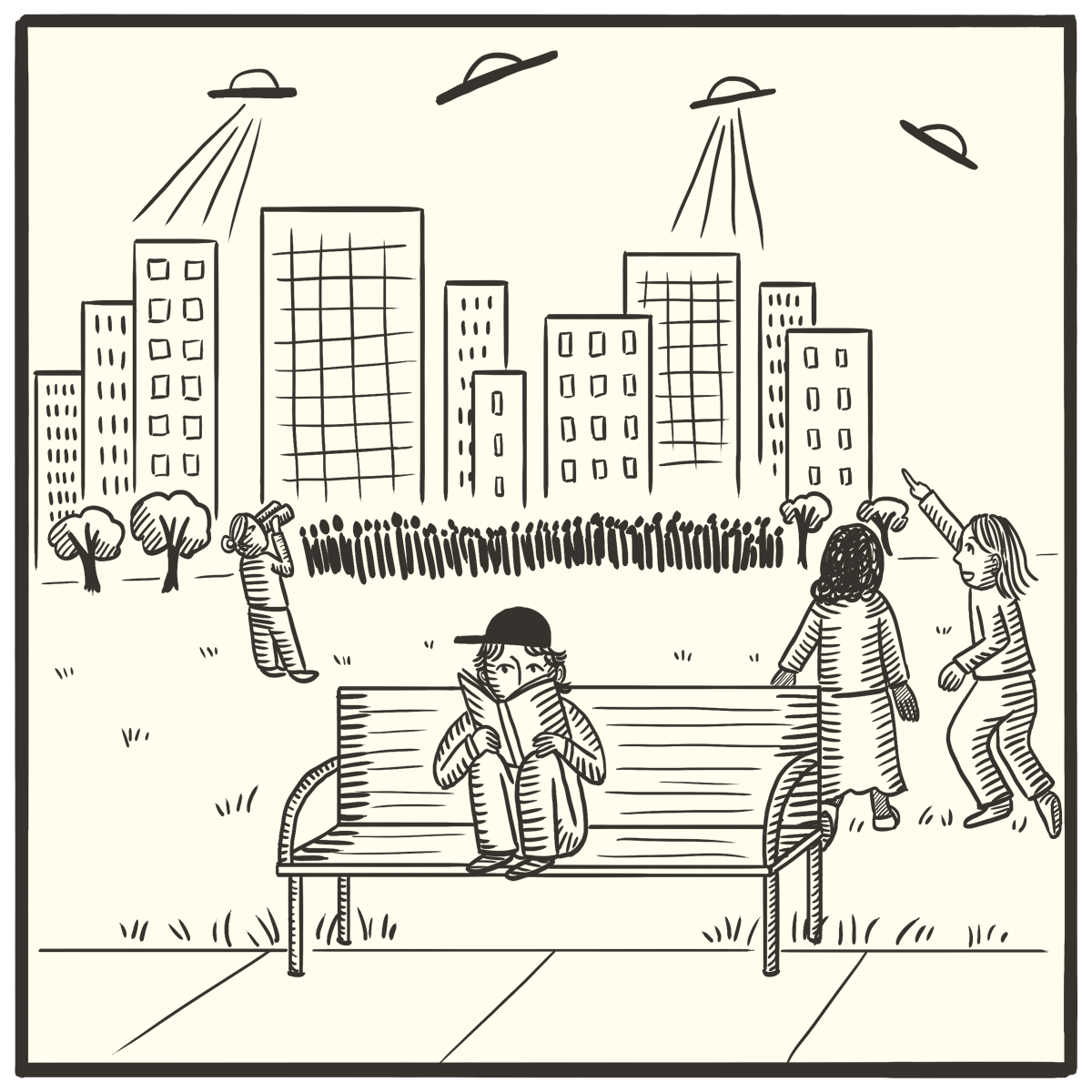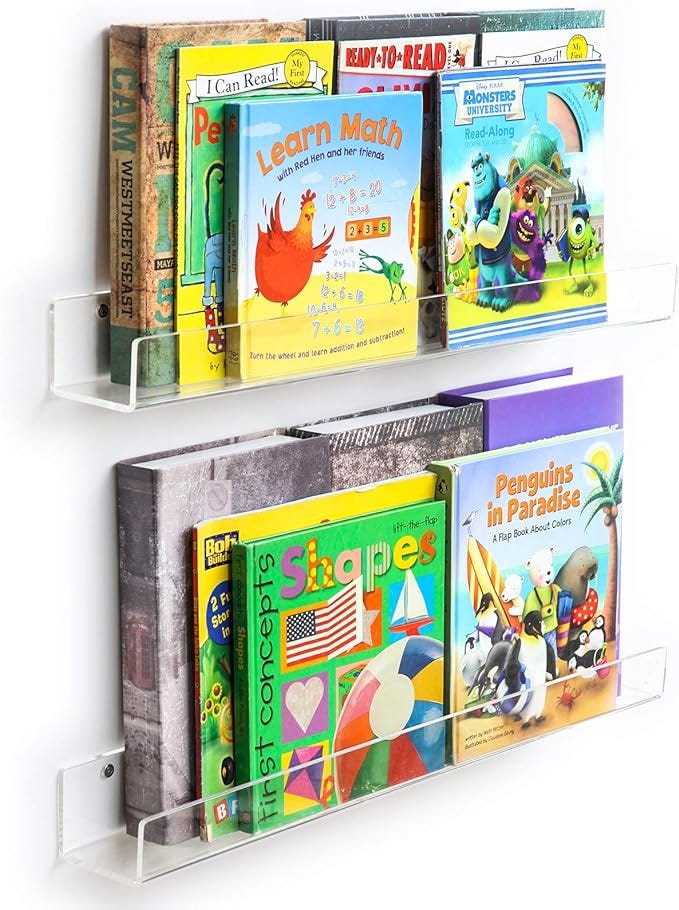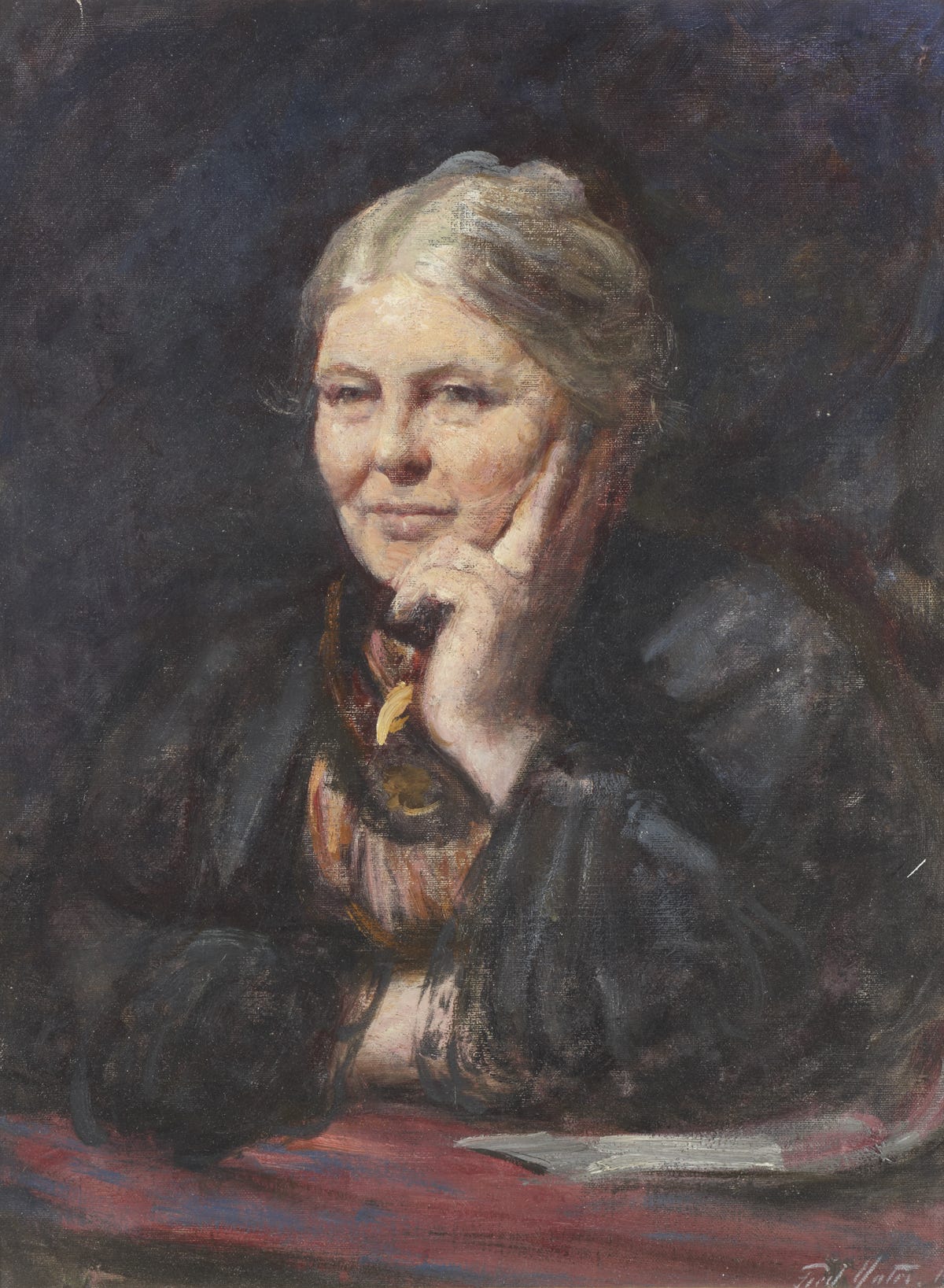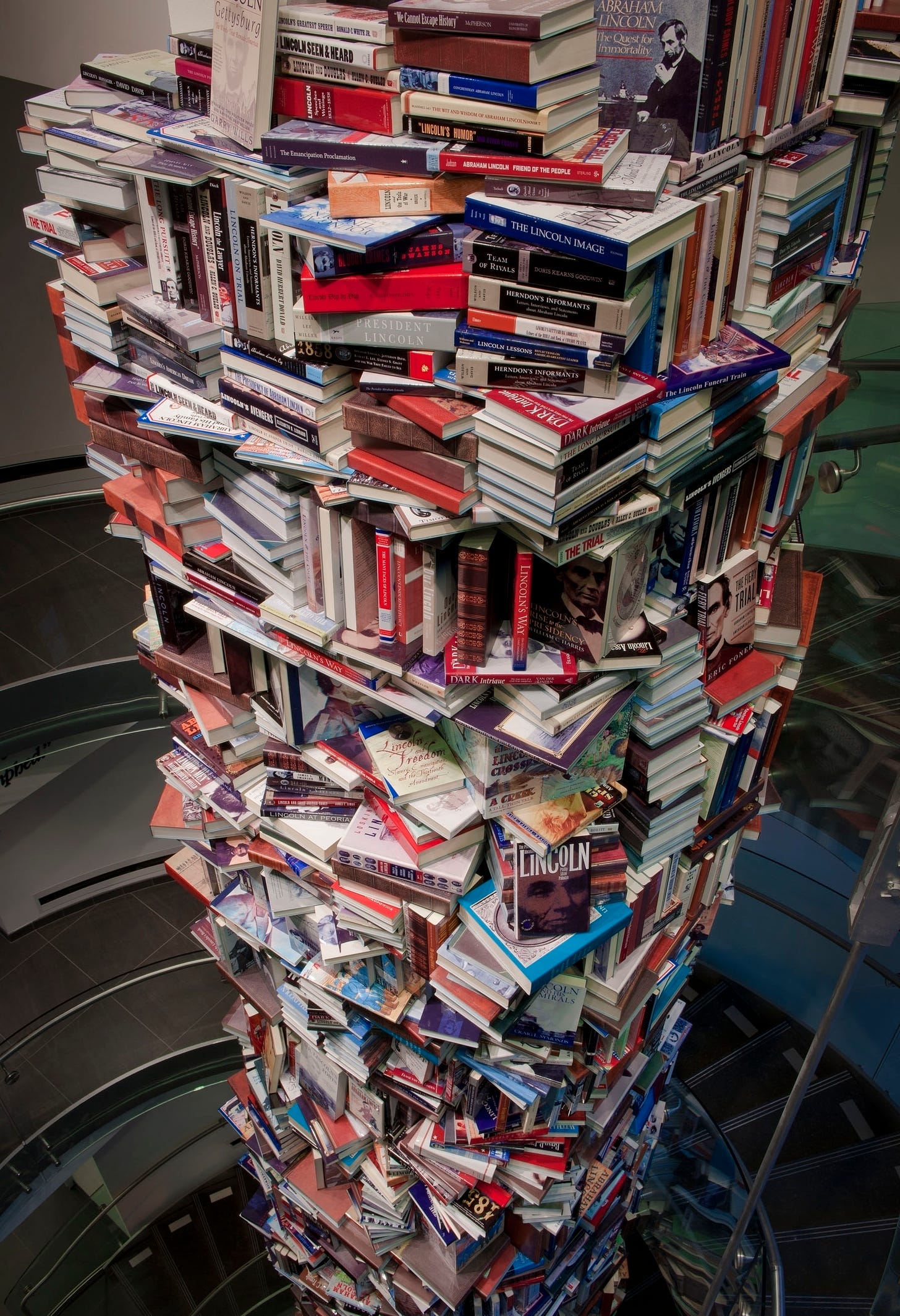
1. A problem
Most kids don’t love reading — and who can blame them? Most books are dead.
2. Basic plan
Connect kids to living books — fiction and nonfiction that grabs the reader by the brain, kindles in them the author’s passion, and takes them into the complexity of reality.
3. What you might see
Kids engrossed in books — raising their eyebrows, laughing, occasionally teary-eyed — while totally ignoring the world around them. Kids swapping suggestions as to what book they might want to read next.
4. Why?
Elementary school reading is not going well. From Slate’s “Not Lost in a Book: Why the “decline by 9” in kids pleasure reading is getting more pronounced, year after year”, by Dan Kois (boldfacing mine):
Most alarmingly, kids in third and fourth grade are beginning to stop reading for fun. It’s called the “Decline by 9,” and it’s reaching a crisis point for publishers and educators…. This trend started before the pandemic, experts say, but the pandemic accelerated things. “I don’t think it’s possible to overstate how disruptive the pandemic was on middle grade readers,” one industry analyst told Publishers Weekly.
And everyone I talked to agreed that the sudden drop-off in reading for fun is happening at a crucial age—the very age when, according to publishing lore, lifetime readers are made. “If you can keep them interested in books at that age, it will foster an interest in books the rest of their life,” said Brenna Connor, an industry analyst at Circana, the market research company that runs Bookscan. “If you don’t, they don’t want to read books as an adult.”
Maybe this is a blip, a statistical fluke that’ll clear up? One can hope. Meanwhile, helping more kids fall in love with reading seems like a good way to spend our time: the love of reading is the master skill.
5. Egan’s insight
Where do we see this in the human experience?
The majority of books has always been dead — because books have never faced the same extreme evolutionary pressures that oral stories have.
In oral storytelling, brutality is built in. Every new tale that failed to commandeer an audience’s attention, that didn’t lodge itself in their memories, that didn’t spark the feeling of mattering — died instantly. In the ancestral environment, only the strongest stories survived. And those that survived were continuously played with, modified, and continued to evolve. Because of this, the majority of oral traditions that you could find at any time were alive.
In written books, the brutality is hidden. Each new book has the whiff of immortality: it can last for decades, and can carry an author’s message far beyond the reach of their physical voice. This, however, is typically a lie. Take a walk through the bowels of any academic library: virtually no one is reading these books.
The difference, I think, is that oral stories are old, and written book are new. Most new things don’t work — we shouldn’t be surprised that most books are dead.
How might this build different kinds of understanding?
I think Egan has something to add to this discussion.
The language of “living books” comes from Charlotte Mason, the late-nineteenth-and-early-20th-century classical educator. The question, “but what makes a book ‘alive’?” is, famously, one of the most-asked questions of her methodology.
Just as famously, the community doesn’t give a clear answer — responses include “engaging narratives”, “thought-provoking”, “timelessness”, and “emotional resonance”, but everyone’s list is different.
And, honestly, that’s as it should be! As the opening line to the Dao De Ching puts it —
The path that can be named is not the true path.
Any list of traits could never fully capture something so important as whether a book is “alive” to people in general.
I.I.: Um! Why are you telling us this?
Because I think that Egan’s tools add something to our understanding of what makes some books alive.
I think we can see it especially clearly with nonfiction books: look for books that have 🧙♂️EMOTIONAL BINARIES and spark 🧙♂️VIVID MENTAL IMAGES, that provoke 🦹♂️WONDER with 🦹♂️BIZARRE DETAILS, that lay bare 👩🔬BATTLING IDEAS, and that take kids into 😏MYSTERY. (What do these weird emoji mean?)
That’s all to say: when we talk about “living books”, a lot of what we’re talking about are books that make great use of Egan’s tools.
(At least that’s my theory. I’d be curious to have this challenged in the comments.)
6. This might be especially useful for…
Kids whose parents struggle to cultivate a lust for books.
7. Critical questions
Q: How do we FIND these living books among all the “dead” ones?
Start with the recommendations of people you like. This is something we, as a community, will be doing more of. In a pinch, Google “living books for physics” or “living books for 8-year-old girls” or “living books for dinosaurs”.
Then steer toward those books that look interesting — that evoke strong emotions in you, and make you want to keep turning pages.
And then be brutal. Remember Sturgeon’s Law: 90% of everything is crap.
Q: But isn’t this subjective?
Absolutely! Sometimes I hear folk in the Charlotte Mason community talk as if “life” were an objective quality in a book, but of course it’s not. (“Living” is a metaphor, and it’s important to recognize when you’re using metaphors.) Celebrate that.
Wanna fight on the side of “life” being an objective quality? Subscribe, and join in the comments conversation.
8. Physical space
At home
While our eleven-year-old daughter organizes her room in teetering, terrifying towers of books, you might want to buy bookshelves.
In a classroom
They say you can’t judge a book by its cover, but I say it’s even harder to judge it by its spine. Floating bookshelves let you display lots of books with their covers facing out — a much better way to get people interested in what’s inside.
Cheap plastic ones let kids actually see the whole cover —

…and wooden ones fancy up a room:

9. Who else is doing this?
The Charlotte Mason folk have led the charge in this; their work seems to have spread to the classical education community more generally.
How might we start small, now?
Just an odd idea — our family celebrates a holiday called “Book Christmas”, held on the twenty-fifth of each month. On it, our kids can pick out any book they’d like, and we’ll buy it for ‘em.
10. Related patterns
You can usually discern whether or not a book is “alive” for you in just a few minutes through Book Tastings°.
Afterword:
I’m back! My summer camps are over,1 and I’m looking at a whole summer dedicated to writing. Thank you especially to all you paid subscribers who kept their subscriptions up through this time off; knowing that people value this is just so danged motivating.
They were spectacular, and I’ll be saying more about them here in a bit.







I'm going to take up your challenge of arguing that "life" is objective. (Though I've never actually read Charlotte Mason, and I suspect my take on this isn't going to agree with most of her fans.)
I think your claim that "of course" life is not objective comes from an attitude of pluralism. And I agree that we all have our own taste, so every book will appeal to some people more than others
But the definition that I like is that a book is living if there's a community of people anywhere who are actively using it to organize their lives and their worldview.
By that definition, many books that violently disagree with one another can both be living (for example, Karl Marx and Ayn Rand).
But whichever side of the debate we fall on, the existence of a community on the opposite side makes it a valuable exercise to read their foundational books, if for no other reason than to understand them better.
And that applies even if the books in themselves are poorly written by most literary standards. If anything, that should only deepen the mystery of how such a book has inspired so many people.
The ability to write elegantly crafted prose is a useful tool, but what really matters is whether a book changes how people live. Given how few books achieve that goal, anything that does survive is fascinating, regardless of how it gets there.
There are a few elephants in the room regarding decline in literacy/reading, especially framed by online pandemic instruction, but the one whose absence strikes me the most is the disappearance of the reading parent. It’s not enough to scour Google for what other people deem to be “living books” and proffer them to your kids hoping it’ll be the key to their love of literature. I was an avid reader as a kid because every day my dad came home from work, played with us, ate dinner, and then spent his evenings trying to get as many pages in of a novel before his attentions were called elsewhere. My mom spent her mornings reading. My parents kept books in the bathroom so they could read during their few moments without four kids demanding attention. I didn’t want to just read books for my age, I spent hours poring over their books (75% of which I would consider unpalatable today) trying to get into their heads and figure out what made them so interesting to my parents. It wasn’t the quality of the books that made me a reader, although I found plenty that were vivid and powerful to me, it was watching someone else read every day. Kids naturally want to do what they see their parents doing, for a time at least.
None of this is to shift any blame to parents, and especially now that I am one I am awed by the difficulty of engaging in creative or personal pursuits beyond raising kids. Parents have less time than ever to spend with their kids. I was incredibly lucky to have reading parents and I hope I can be one for my son.